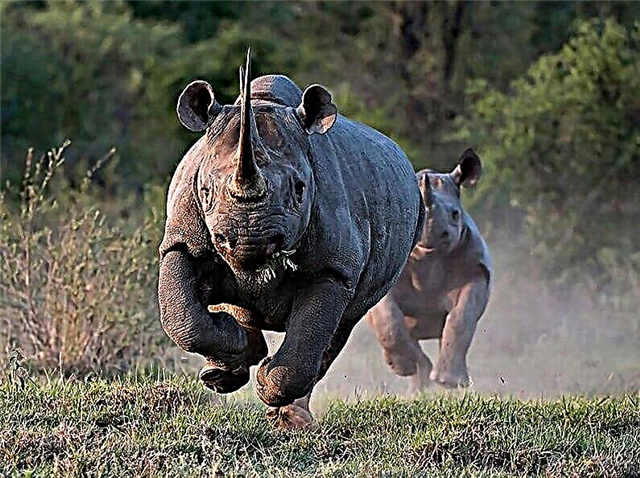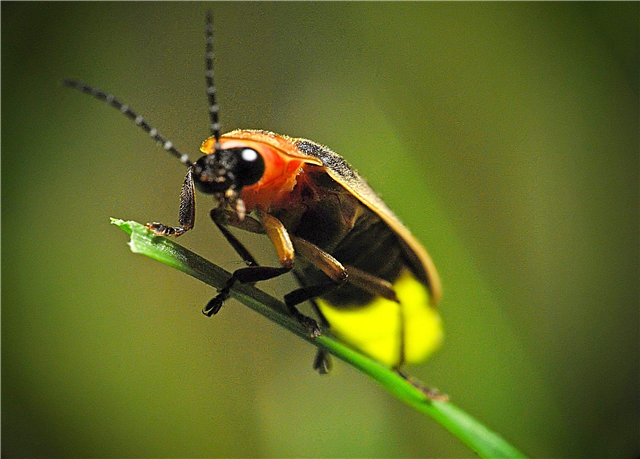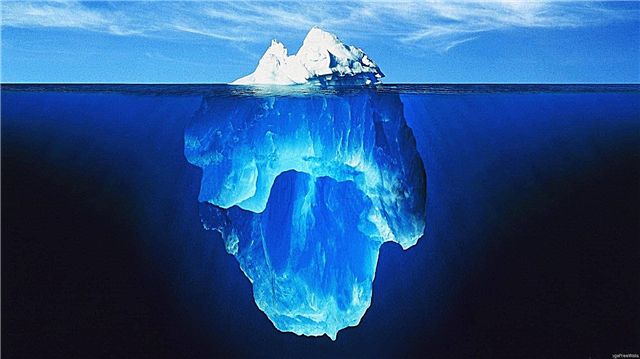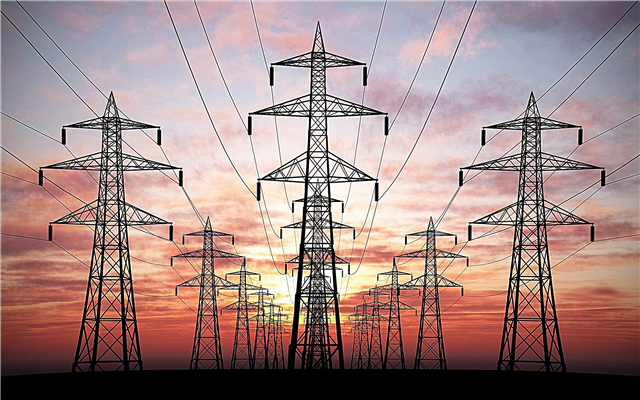
The daily worsening environmental situation on the planet leads to the extinction of many species of animals, global warming, littering of the oceans. And if whole oceans suffer, then it is not at all surprising that the rivers have hard times.
Many of them become shallow and dry out, mainly due to the withdrawal of water for human needs, climate change. Even the largest rivers have suffered from human activity - this article is dedicated to them.
Fifth Place - Rio Grande

This huge river flows through North America, and its length as a whole is 3033 kilometers. It flows into the Gulf of Mexico, and has its origins in Colorado. It used to be a full-flowing river, but today it has become shallow due to the fact that people unreasonably select water supplies for their needs. In the past, it carried 5 times more water into the Gulf of Mexico than in the 90s of the 20th century. And then the situation became completely disastrous - the river stopped flowing into the bay, she just had nothing to bring there.
The population is growing, agriculture is developing, new factories are being built, and the need for water is increasing. And the situation is already catastrophic, Texas farmers are experiencing severe water shortages, which lead to significant damage. And all this is exacerbated by droughts.
Fourth place - Syr Darya

This river was heavily polluted, and besides, it became shallow, which affected the ecological situation in the entire region.The river flows from the Tien Shan, is born in Uzbekistan and Kyrgyzstan, passing a path of 2212 km to those places where the waves of the Aral Sea once splashed.
Its shallowing became one of the reasons for the almost complete drying out of this unique reservoir, which supplied fish to a considerable part of the Soviet Union. Canals were built in the 18th century, and at that time they did not greatly affect the river and sea level. But then, already in the 20th century, Soviet engineers set to work, who needed to create channels for growing cotton plants. And the waters of the river were almost completely dismantled.
At the moment, efforts are being made to clean up the river, the waters of which are already unsuitable even for agriculture, and to increase the water in its channel.
Third place - Amu Darya

The Amu Darya also once fed the Aral Sea, having a length of 2414 kilometers. And she, too, fell victim to Soviet engineers who created an irrigation system for wheat and cotton with the distribution of its water through canals. Now the river cannot reach the Aral Sea, it ceases its course more than 100 km from it. She also needs to be cleaned.
Second place - Indus

Indus is a river flowing through Pakistan with its growing population. It is here that the main abstraction of water takes place, which is needed both for industry and simply for people's lives. Once the Indus was one of the great rivers, but now it cannot bring its waters to the ocean.
Meanwhile, the river delta had huge fish stocks, rare and endangered species of animals lived here. Water shortage is acute today, and in the future everything will become more complicated, because the population is growing, and water, on the contrary, is disappearing.
First Place - Colorado

Colorado is a 2333 km long river that supplies water to more than 30 million people. It is both a waterway and a supplier of water for numerous factories and enterprises. Agriculture takes especially much water. At the moment, no more than a tenth of the previous volume of water reaches the Gulf of Mexico, and sometimes the water does not even reach the delta, drying out long before it. Nevertheless, farmers continue to fight for water and take it from the river in large volumes. However, some actions are still being taken - so, it is planned to remove several dams to prevent the river from completely disappearing and exacerbating water problems in the region.
Nature is sensitive to human influences, and sometimes it turns out that its intervention with good ends brings disaster. This is exactly what happened with the Aral Sea and the rivers Amu Darya and Syr Darya flowing into it, because Soviet scientists and engineers did not want to spoil the environment at all. On the contrary, they wanted to green the steppe, to provide watering to the agricultural plants that the country so needed. But the result was just the opposite.
Correcting the consequences of environmental disasters is problematic due to their scale, but it is still possible. And many measures in this direction are indeed being taken today by the forces of both individual countries and international funds. And I want to believe that one day the rivers of the planet will again become full-flowing and rich in fish. Cause it's really possiblealthough in general, restoration of water resources will take more than one decade, even if you deal with it very tightly and competently.












